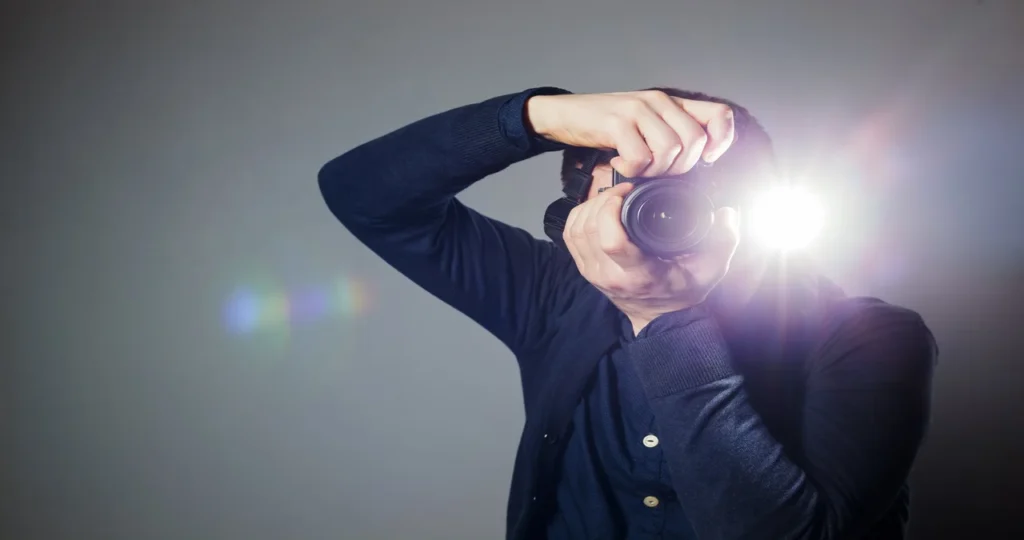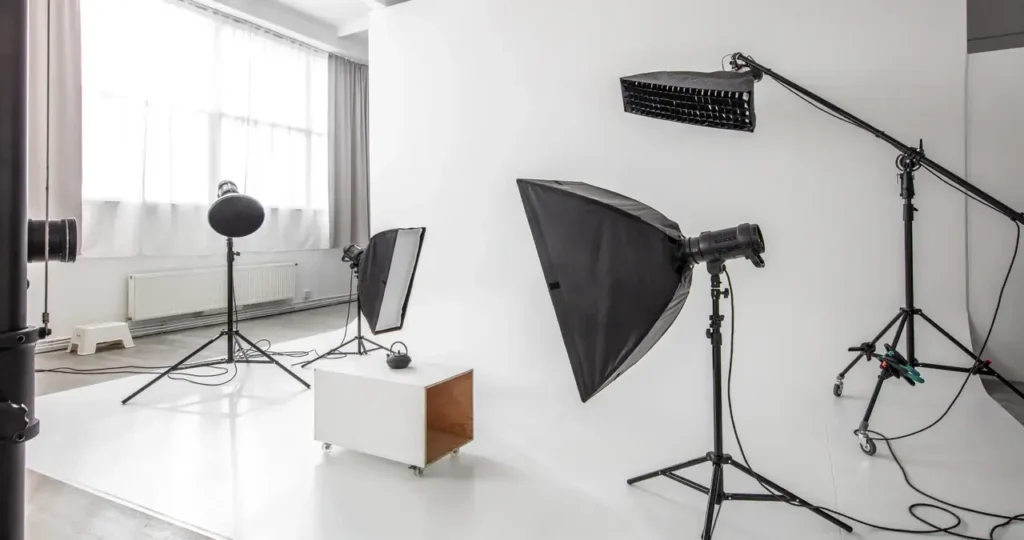How to Sue Flash in Minolta XGA: A Comprehensive Guide

how to sue flash in Minolta XGA When it comes to photography, mastering your equipment is essential for capturing stunning images. One of the most crucial aspects of photography is understanding how to use flash effectively. If you own a Minolta XGA camera, you might be wondering how to sue flash in Minolta XGA to enhance your photography skills. In this article, we will explore the ins and outs of using flash with your Minolta XGA, providing you with expert tips and tricks to elevate your photography game.
Understanding Flash in Photography
Before diving into the specifics of how to sue flash in Minolta XGA, it’s important to understand the role of flash in photography. Flash serves as an artificial light source that can illuminate your subject, especially in low-light conditions. It can also help reduce shadows and enhance colors, making your images pop. However, using flash incorrectly can lead to harsh lighting and unflattering results.
When using flash, it’s essential to consider the distance between the flash and the subject, the ambient light conditions, and the settings on your camera. The Minolta XGA, with its advanced features, allows you to manipulate these variables to achieve the desired effect. Understanding how to balance flash with natural light is key to mastering your photography.
Setting Up Your Minolta XGA for Flash Photography
To effectively sue flash in Minolta XGA, you first need to set up your camera correctly. The Minolta XGA offers various settings that can help you optimize your flash photography. Start by ensuring that your camera is in the correct mode. For flash photography, the best modes to use are Aperture Priority or Manual mode. These modes give you more control over your exposure settings, allowing you to adjust the aperture and shutter speed to suit your needs.
Next, check your flash settings. The Minolta XGA typically has a built-in flash, but you can also use external flash units for more versatility. If you’re using the built-in flash, make sure it’s activated. If you’re using an external flash, ensure it’s properly mounted and connected to your camera. Adjust the flash output settings according to the lighting conditions. A higher output may be necessary in darker environments, while a lower output can be used in well-lit situations.
Mastering Flash Exposure Compensation
One of the most important aspects of how to sue flash in Minolta XGA is understanding flash exposure compensation. This feature allows you to adjust the brightness of the flash output, which can be crucial in achieving the right exposure for your images. If your flash is too bright, it can wash out your subject, while too little light can result in underexposed images.
To adjust flash exposure compensation on your Minolta XGA, navigate to the camera’s menu and locate the flash settings. From there, you can increase or decrease the flash output as needed. A good rule of thumb is to start with a neutral setting and make adjustments based on your subject and the surrounding light conditions. Experimenting with different settings will help you find the perfect balance for your photography style.
Utilizing Bounce Flash Techniques
When learning how to sue flash in Minolta XGA, one technique that can significantly improve your results is bounce flash. Instead of pointing the flash directly at your subject, bounce the light off a nearby surface, such as a wall or ceiling. This technique softens the light and creates a more natural look, reducing harsh shadows and highlights.
To use bounce flash effectively, you’ll need to adjust the angle of your flash head. If you’re using the built-in flash, you may need to tilt it upward or sideways, depending on the available surfaces. If you’re using an external flash, you have more flexibility in positioning the flash head. Keep in mind that the color and texture of the surface you’re bouncing the light off of can affect the final image, so choose wisely.
Experimenting with Flash Sync Modes

Another important aspect of how to sue flash in Minolta XGA is understanding flash sync modes. Flash sync refers to the timing of the flash in relation to the camera’s shutter speed. The Minolta XGA offers different sync modes, including front curtain sync, rear curtain sync, and high-speed sync. Each mode has its unique applications and can dramatically affect the outcome of your images.
Front curtain sync fires the flash at the beginning of the exposure, which is ideal for freezing motion. Rear curtain sync, on the other hand, fires the flash at the end of the exposure, creating a trailing effect that can add a sense of motion to your images. High-speed sync allows you to use faster shutter speeds while still utilizing flash, which is particularly useful in bright conditions. Experimenting with these sync modes will help you understand how to sue flash in Minolta XGA in various situations.
Understanding the Importance of Diffusers
When learning how to sue flash in Minolta XGA, it’s essential to consider the use of diffusers. A diffuser is a tool that softens the light emitted by the flash, reducing harsh shadows and creating a more even illumination of your subject. Using a diffuser can significantly enhance the quality of your flash photography, making your images look more professional.
There are various types of diffusers available, from simple fabric options to more complex attachments designed specifically for flash units. If you’re using the built-in flash on your Minolta XGA, you can create a makeshift diffuser by using a piece of white paper or a commercial diffuser that fits over the flash head. This will help scatter the light and create a softer effect. When using an external flash, you can invest in a dedicated diffuser that can be adjusted for different lighting conditions.
The Role of ISO Settings in Flash Photography
Another critical factor in how to sue flash in Minolta XGA is understanding the relationship between ISO settings and flash. ISO determines the camera’s sensitivity to light, and adjusting it can help you achieve better results when using flash. A higher ISO setting allows your camera to capture more light, which can be beneficial in low-light situations. However, increasing the ISO can also introduce noise into your images, so it’s essential to find a balance.
When using flash, you typically want to keep your ISO as low as possible to maintain image quality. Start with a lower ISO setting and adjust as necessary based on the ambient light and the power of your flash. If you find that your images are still too dark, consider increasing the flash output or using a higher ISO setting, but be mindful of the potential for noise.
Creative Flash Techniques for Unique Shots
Once you’ve mastered the basics of how to sue flash in Minolta XGA, it’s time to get creative. There are numerous techniques you can employ to add flair to your flash photography. One popular method is to use off-camera flash, which allows you to position the flash away from the camera for more dynamic lighting. This technique can create dramatic shadows and highlights, adding depth to your images.
Another creative approach is to use colored gels on your flash. By placing a colored gel over the flash head, you can introduce different hues into your images, creating a unique atmosphere. This technique is particularly effective for portrait photography, where you can match the color of the gel to your subject’s clothing or the overall mood you want to convey.
Troubleshooting Common Flash Issues
As you explore how to sue flash in Minolta XGA, you may encounter some common issues that can affect your results. One frequent problem is red-eye, which occurs when the flash reflects off the subject’s eyes, creating a red appearance. To minimize red-eye, try using a flash diffuser or adjusting the angle of the flash to avoid direct reflection.
Another issue is overexposure, which can happen if the flash output is too high for the ambient light conditions. If you notice that your images are consistently overexposed, consider reducing the flash output or adjusting your camera settings. Additionally, ensure that your subject is at an appropriate distance from the flash to avoid harsh lighting.
Conclusion: Elevating Your Photography with Flash

In conclusion, learning how to sue flash in Minolta XGA can significantly enhance your photography skills. By understanding the fundamentals of flash, setting up your camera correctly, and experimenting with various techniques, you can create stunning images that stand out. Remember to practice regularly and don’t be afraid to try new approaches. With time and experience, you’ll become proficient in using flash, allowing you to capture beautiful moments in any lighting condition.
Advanced Techniques for Flash Photography
As you continue to explore how to sue flash in Minolta XGA, it’s essential to delve into advanced techniques that can take your photography to the next level. These methods not only enhance your skills but also allow you to express your creativity more freely.
One advanced technique is the use of multiple flashes. By incorporating more than one flash unit, you can create a more dynamic lighting setup. This approach is particularly useful in portrait photography, where you can use one flash as the main light source and another as a fill light to soften shadows. Positioning your flashes at different angles can help you achieve a three-dimensional effect, adding depth to your images.
Another technique to consider is high-speed flash photography. This method allows you to freeze fast-moving subjects, making it ideal for action shots. To achieve this, you’ll need to set your camera to a high shutter speed while ensuring that your flash is set to high-speed sync mode. This combination will enable you to capture sharp images of subjects in motion, whether it’s a sports event or a playful pet.
The Impact of Flash on Color Temperature
Understanding color temperature is crucial when learning how to sue flash in Minolta XGA. Flash units typically emit a cooler light, which can affect the overall color balance of your images. When shooting in mixed lighting conditions, such as indoors with incandescent bulbs, the flash can create a color cast that may not be flattering.
To counteract this, you can adjust your camera’s white balance settings. Setting your white balance to “flash” mode can help neutralize the cooler tones of the flash, resulting in more accurate colors. Alternatively, you can use color correction gels on your flash to match the color temperature of the ambient light. This technique is particularly useful for indoor photography, where different light sources can create challenging color casts.
Using Flash for Creative Effects
Once you’re comfortable with the basics of how to sue flash in Minolta XGA, it’s time to experiment with creative effects. One popular technique is called “dragging the shutter.” This method involves using a slower shutter speed while firing the flash, allowing ambient light to fill in the background. This technique can create a beautiful blend of flash and ambient light, resulting in images that have both sharp subjects and a well-exposed background.
To achieve this effect, set your camera to a slower shutter speed, typically around 1/30 to 1/60 of a second, and fire the flash at the same time. This technique works best in low-light situations, where the ambient light is minimal, allowing the flash to illuminate your subject while capturing the surrounding environment.
The Importance of Practice and Experimentation
As with any skill, practice is key when learning how to sue flash in Minolta XGA. The more you experiment with different settings, techniques, and lighting conditions, the more comfortable you will become with your equipment. Don’t be afraid to make mistakes; they are often the best teachers.
Set aside time to practice in various environments, from bright outdoor settings to dimly lit indoor spaces. Try different flash techniques, such as bounce flash, off-camera flash, and using diffusers. Each session will provide valuable insights into how flash interacts with your subjects and the surrounding light.
Conclusion: Mastering Flash Photography
In summary, mastering how to sue flash in Minolta XGA is a journey that requires patience, practice, and a willingness to experiment. By understanding the fundamentals of flash, exploring advanced techniques, and continually honing your skills, you can elevate your photography to new heights. Remember, the key to great flash photography lies in finding the right balance between light sources and being creative with your approach. With dedication and practice, you’ll be able to capture stunning images that truly reflect your vision as a photographer.



